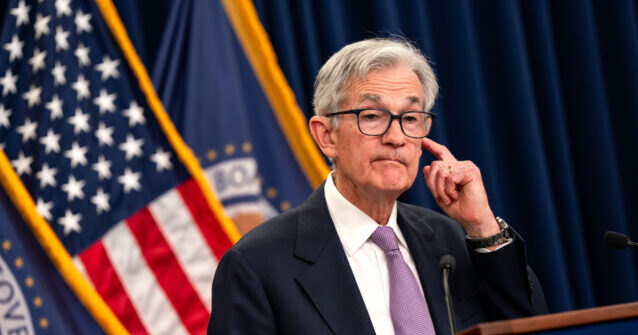In October, the prices of goods and services in the United States increased at a faster pace, indicating that the Federal Reserve may confront ongoing difficulties in achieving its goal of reducing inflation to pre-pandemic levels. According to a report from the Department of Labor, the Producer Price Index (PPI), which measures what producers receive for their goods and services, rose by 0.2 percent in October. This report also revised the growth of the PPI for September to reflect a slightly higher increase than initially estimated. Notably, the year-over-year rise in producer prices climbed to 2.4 percent through October, up from an annual increase of 1.9 percent in September, marking the highest annual increase observed in four months. These figures suggest persistent inflationary pressures that could challenge the Fed’s strategies.
Core producer prices, which exclude the more volatile categories of food and energy, also showed significant movement, rising by 0.3 percent last month. The annual inflation rate for core producer prices climbed to 3.5 percent, an increase from September’s 3.3 percent, which highlights the underlying strength of inflation in the economy. The resilience of these prices is indicative of broader inflation trends that are proving to be more stubborn than previously projected. This data presents a strong signal that inflation is not retreating as swiftly as the Federal Reserve and market analysts had hoped.
In addition to wholesale prices, consumer inflation is also reflecting renewed upward momentum. The Consumer Price Index (CPI), which measures the prices that consumers pay for a range of goods and services, recorded an annual increase of 2.6 percent in October, up from 2.4 percent in September. This represents the first uptick in consumer prices in seven months, suggesting growing inflationary pressures. The simultaneous rise in both wholesale and consumer prices raises concerns about the overall inflation trajectory moving forward.
The combination of these two inflationary indicators, namely the PPI and CPI, may temper the anticipated expectations in financial markets regarding a rapid reduction in the Federal Reserve’s high interest rates. The Central Bank, which has had a tight grip on interest rates as a means to combat inflation, may need to reassess its strategy in light of the latest inflation data. If inflation remains tenacious, this could imply that the Fed will have to take a more cautious approach when considering any reductions in borrowing costs.
Understanding the differences between the Consumer Price Index and the Producer Price Index is essential for analyzing inflation in the economy. While the CPI captures prices from the perspective of household consumers—including import prices and excluding costs incurred by the government and businesses—the PPI provides a viewpoint from U.S. sellers. The PPI does not consider import prices but includes sales to the government, businesses, and exports. This distinct approach can reveal different aspects of inflationary pressures affecting both producers and consumers.
Collectively, these inflationary trends and their implications signal that the path to stabilizing prices in the U.S. economy may prove to be more complex than initially believed. The sustained increases in both producer and consumer prices point to a landscape where inflation may hold on longer, complicating the Federal Reserve’s efforts. The potential need for a cautious approach on interest rate adjustments looms as policymakers navigate this challenging environment, aiming to balance economic growth with the imperative of controlling inflation.

